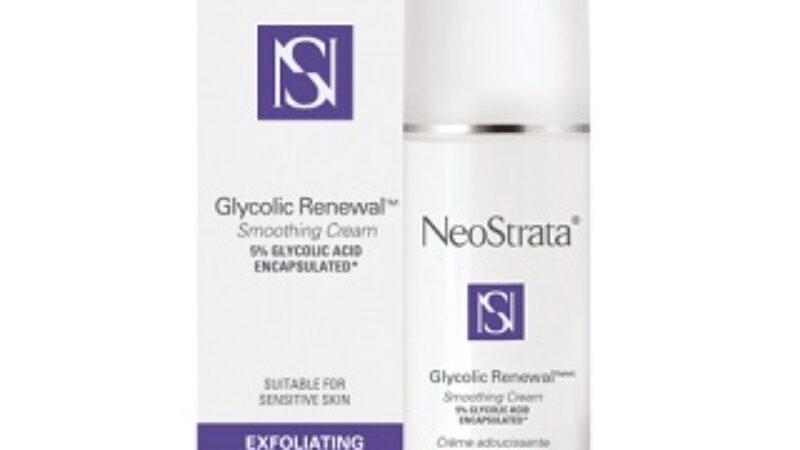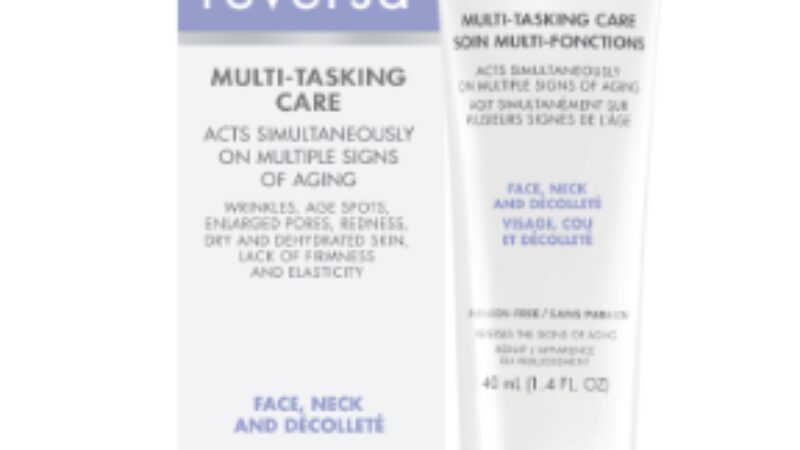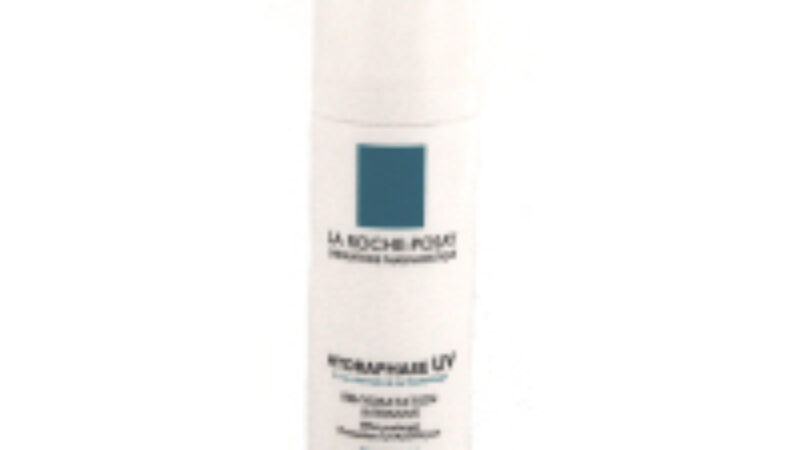 Retinaldehyde, in our top selling Apothekari A is for Anti-Aging, has been found effective as a rosacea treatment. A derivative of Vitamin A, retinaldehyde belongs to a class of ingredients known as retinoids.
Retinaldehyde, in our top selling Apothekari A is for Anti-Aging, has been found effective as a rosacea treatment. A derivative of Vitamin A, retinaldehyde belongs to a class of ingredients known as retinoids.
If you have rosacea, a facial skin condition characterized by redness, pimples, swelling and small and superficial dilated blood vessels, you’re not alone. Although its cause is unknown, rosacea affects somewhere between 1% and 10% of people, with individuals 30 to 50 years old and female mostly afflicted. Rosacea can feel a lot worse than it looks and can take a psychological toll on those who have it. Individuals with rosacea feel self-conscious and embarrassed about the redness and bumps on their faces and may be affected by the common misconceptions about rosacea, such as it is a sign of alcohol abuse or poor hygiene. Low self-esteem is quite common and treatment has been shown to improve the mental and emotional well-being of rosacea patients.
Clinical Study Supports Retinaldehyde as a Rosacea Treatment
A study published in the journal, Dermatology, had researchers investigating the effects of a topical formulation with retinaldehyde, in patients with signs of vascular (blood vessels) facial rosacea. Patients applied a treatment once daily for 6 months and were then assessed for signs of erythema (redness) and telangiectasia (dilated, spidery capillaries). A response was noted in about 75% of the patients with erythema. To a lesser extent, there was a response to telangiectasia as well. The authors concluded that retinaldehyde has beneficial effects on the vascular component of rosacea and offers promise as a rosacea treatment.
Although retinoids are adored by all skin care professionals for their ability to boost collagen production, increase skin cell turnover and fight hyperpigmentation, there can be an adjustment period with their use. Enter retinaldehyde. This gentle, yet effective retinoid tends to be much better tolerated than its relatives such as retinol and retinoic acid. Sensitive skin types, including those with rosacea tend to be cautioned against using retinoids, but many dermatologists note that even sensitive skin can be trained to tolerate retinoids, if they go slowly.
If you have rosacea and are interested in retinaldehyde as a possible rosacea treatment for your skin, here’s how to introduce it properly:
- An Adjustment Period. It can take a while for skin to adapt to retinaldehyde. At first, skin may slough off, leaving flaky patches of dry skin. This isn’t necessarily a bad sign as it means it’s working. Retinoids increase skin cell turnover, telling older skin cells to shove off so that the newer ones can show through. Skin irritation and dryness may occur, but over time, skin will become less sensitive and more resilient.
- Avoid Harsh Cleansers. This also extends to exfoliants like alpha hydroxy acids, which may strip away skin’s natural oils and make the retinoid adjustment period more painful. Opt instead for soothing and gentle cleansers like Apothekari Cloud Nine Foaming Cleansing Creme.
- Wear Sunscreen. Absolutely and every day. Sensitive skin does better with those that are mineral rather than chemical based – stay tuned as we will soon be introducing our zinc oxide broad spectrum Shade SPF 30!
- Easy Does It. Start out by applying your treatment just two nights a week, adding a night every other week as tolerance develops. Sunlight deactivates retinoids so only apply at night.
- Moisturize. A good moisturizer infused with anti-inflammatories can help to decrease the potential for retinoid side effects. Niacinamide, an antioxidant and anti-inflammatory ingredient, also improves skin’s barrier function and can help to make the retinoid adjustment much easier. This superstar ingredient accompanies retinaldehyde in our A is for Anti-Aging.
Do you have rosacea and would you consider retinaldehyde as a rosacea treatment? If you are at all unsure, check in with your health care professional to see if it might be right for you.




